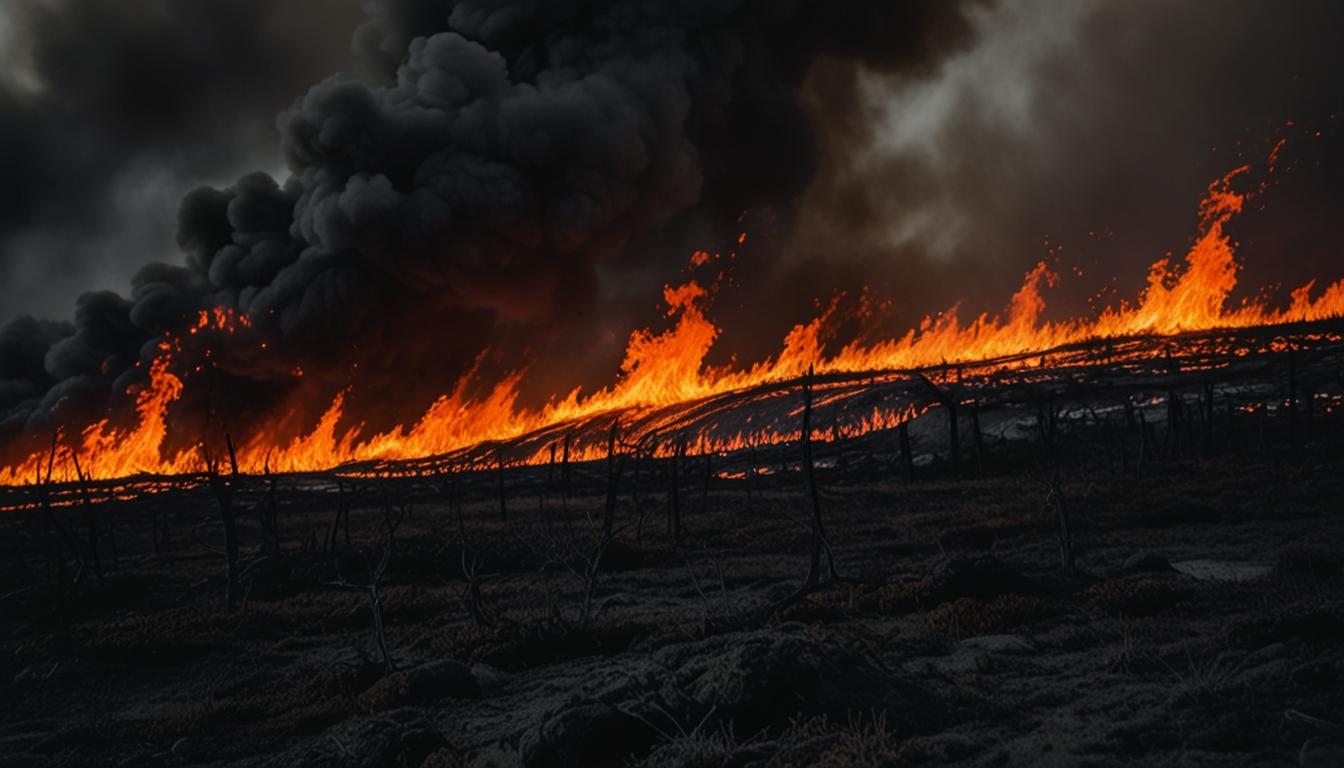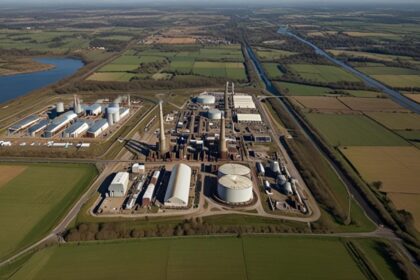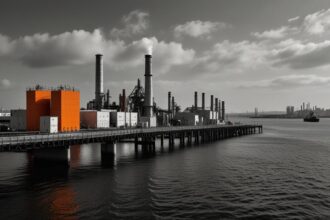The Arctic Circle is experiencing intense wildfires in the Sakha Republic of Russia, with record levels of carbon emissions. These fires, exacerbated by warming temperatures, serve as a critical indicator of climate change’s impact, affecting air quality and accelerating the melting of snow and ice.
Intense wildfires are currently affecting the Arctic Circle, particularly in the Sakha Republic of Russia. By June 24, 2024, the region experienced 164 wildfires, emitting substantial amounts of carbon, according to the European Union’s Copernicus Atmosphere Monitoring Service (CAMS). These fires are the third highest in terms of June carbon emissions since 2003.
The Arctic, warming faster than the global average, has become more susceptible to wildfires. Mark Parrington, a CAMS senior scientist, highlighted that extreme wildfires in high northern latitudes have increased, as seen in recent years and again in 2023.
A recent CAMS report indicated that 72 active wildfires were burning in the Sakha Republic as of June 27, covering nearly 700,000 acres. The fires began on June 11, prompting local authorities to declare a state of emergency.
Warm surface temperatures and dry soils, coupled with unusually high temperatures in May, contributed to the wildfire conditions. CAMS data showed that June’s warmer surface temperatures and drier soils exacerbated the situation.
Experts, including Gail Whiteman from the University of Exeter, emphasize that the Arctic’s wildfires serve as a critical indicator of climate change’s broader impact. The resulting smoke and aerosols also pose risks by affecting air quality and accelerating the melting of snow and ice.
Additionally, similar wildfire activity has been observed in South America’s Pantanal wetlands, indicating a broader pattern of wildfire intensification linked to climate change.













